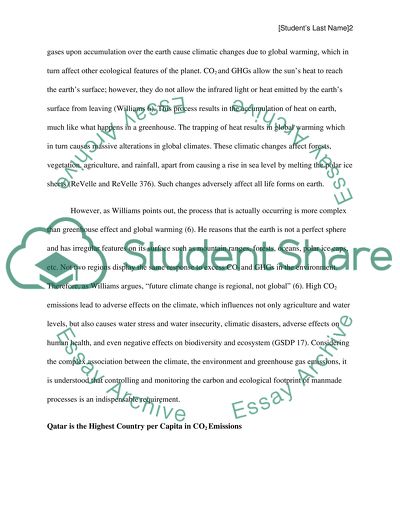Cite this document
(“Qatar's CO2 Emissions Research Paper Example | Topics and Well Written Essays - 1000 words”, n.d.)
Qatar's CO2 Emissions Research Paper Example | Topics and Well Written Essays - 1000 words. Retrieved from https://studentshare.org/biology/1448213-qatar-s
Qatar's CO2 Emissions Research Paper Example | Topics and Well Written Essays - 1000 words. Retrieved from https://studentshare.org/biology/1448213-qatar-s
(Qatar'S CO2 Emissions Research Paper Example | Topics and Well Written Essays - 1000 Words)
Qatar'S CO2 Emissions Research Paper Example | Topics and Well Written Essays - 1000 Words. https://studentshare.org/biology/1448213-qatar-s.
Qatar'S CO2 Emissions Research Paper Example | Topics and Well Written Essays - 1000 Words. https://studentshare.org/biology/1448213-qatar-s.
“Qatar'S CO2 Emissions Research Paper Example | Topics and Well Written Essays - 1000 Words”, n.d. https://studentshare.org/biology/1448213-qatar-s.


